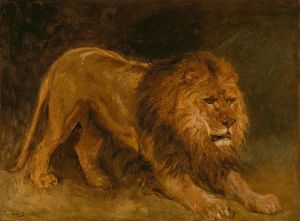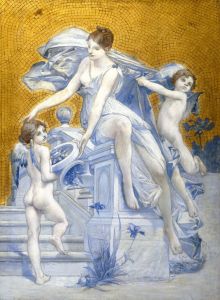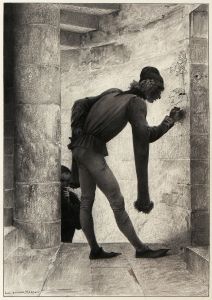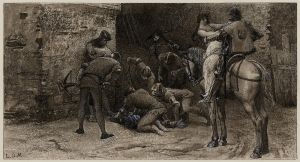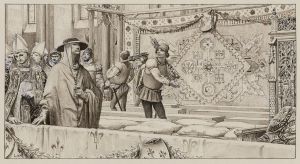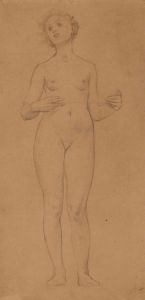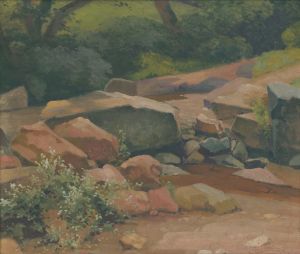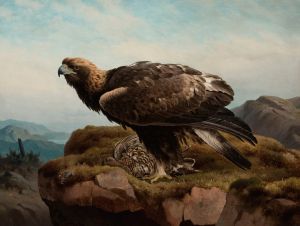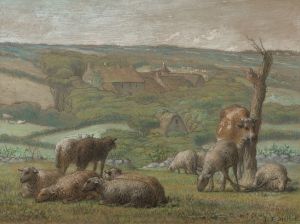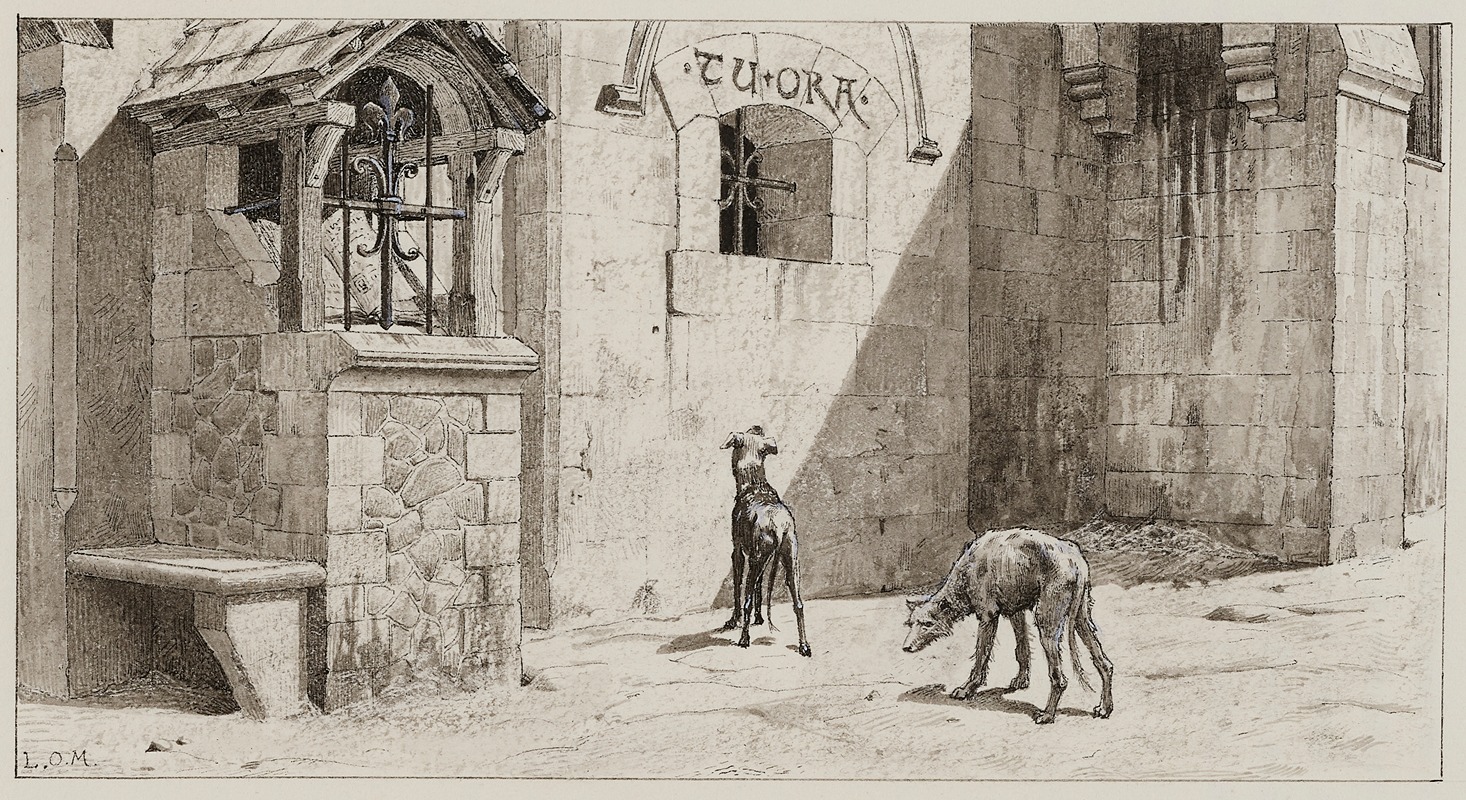
Le trou aux rats
A hand-painted replica of Luc-Olivier Merson’s masterpiece Le trou aux rats, meticulously crafted by professional artists to capture the true essence of the original. Each piece is created with museum-quality canvas and rare mineral pigments, carefully painted by experienced artists with delicate brushstrokes and rich, layered colors to perfectly recreate the texture of the original artwork. Unlike machine-printed reproductions, this hand-painted version brings the painting to life, infused with the artist’s emotions and skill in every stroke. Whether for personal collection or home decoration, it instantly elevates the artistic atmosphere of any space.
Luc-Olivier Merson was a French painter and illustrator known for his detailed and imaginative works, often drawing on historical and religious themes. One of his notable works is "Le trou aux rats," which translates to "The Rat Hole." Merson was active during the late 19th and early 20th centuries, a period marked by a rich diversity of artistic movements in France, including Symbolism and Academic art, both of which influenced his style.
"Le trou aux rats" is a painting that exemplifies Merson's meticulous attention to detail and his ability to convey narrative through visual art. While specific details about the painting's creation, such as the exact date it was painted or its current location, are not widely documented, Merson's works often reflect his interest in storytelling and his skill in creating atmospheric scenes.
Merson was born in Paris in 1846 and studied at the École des Beaux-Arts under the tutelage of Gustave Chassevent-Bacques and Isidore Pils. He gained recognition early in his career, winning the prestigious Prix de Rome in 1869, which allowed him to study in Italy. This experience greatly influenced his artistic development, exposing him to Renaissance art and classical themes that would permeate his work.
Throughout his career, Merson was known for his versatility, working not only as a painter but also as an illustrator and designer. He contributed illustrations to various publications and was involved in designing banknotes and postage stamps, showcasing his ability to work across different mediums. His work often featured religious and allegorical subjects, characterized by a blend of realism and fantasy.
"Le trou aux rats" fits within Merson's broader oeuvre, which frequently explored themes of mystery and the supernatural. His paintings are noted for their dramatic use of light and shadow, creating a sense of depth and emotion. Merson's ability to capture the viewer's imagination through his detailed and evocative compositions is a hallmark of his style.
In addition to his artistic achievements, Merson was also a respected teacher, influencing a generation of artists. He was appointed a professor at the École des Beaux-Arts in Paris, where he taught from 1906 to 1911. His contributions to the art world were recognized with numerous awards, including being named a Chevalier of the Legion of Honor in 1900.
Luc-Olivier Merson passed away in 1920, leaving behind a legacy of work that continues to be appreciated for its technical skill and imaginative depth. While "Le trou aux rats" may not be as widely known as some of his other works, it remains a testament to his ability to weave narrative and emotion into his art.
Overall, Merson's work, including "Le trou aux rats," reflects the rich artistic environment of his time and his personal dedication to exploring complex themes through his art. His paintings continue to be studied and admired for their intricate detail and the unique way they capture the interplay between reality and imagination.






